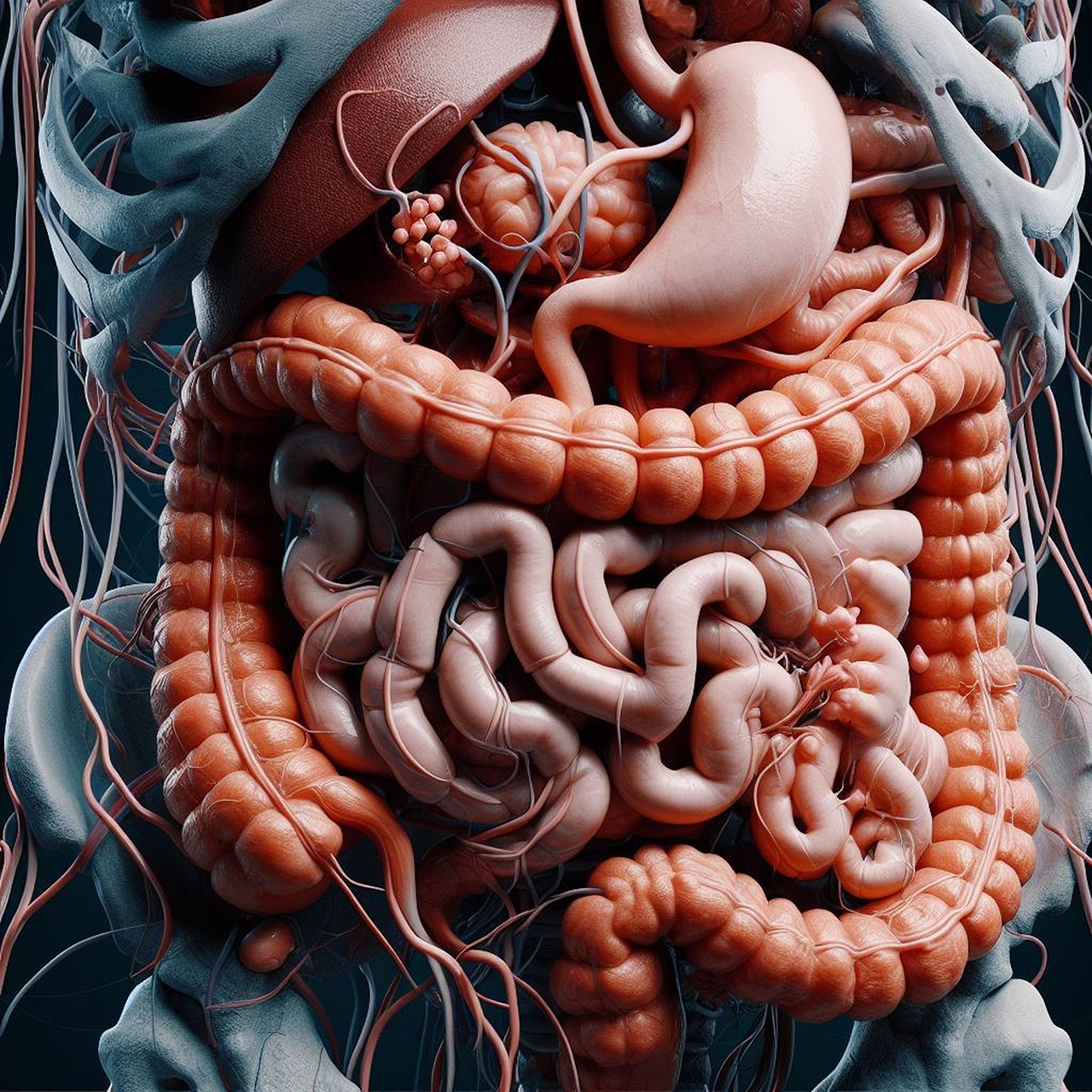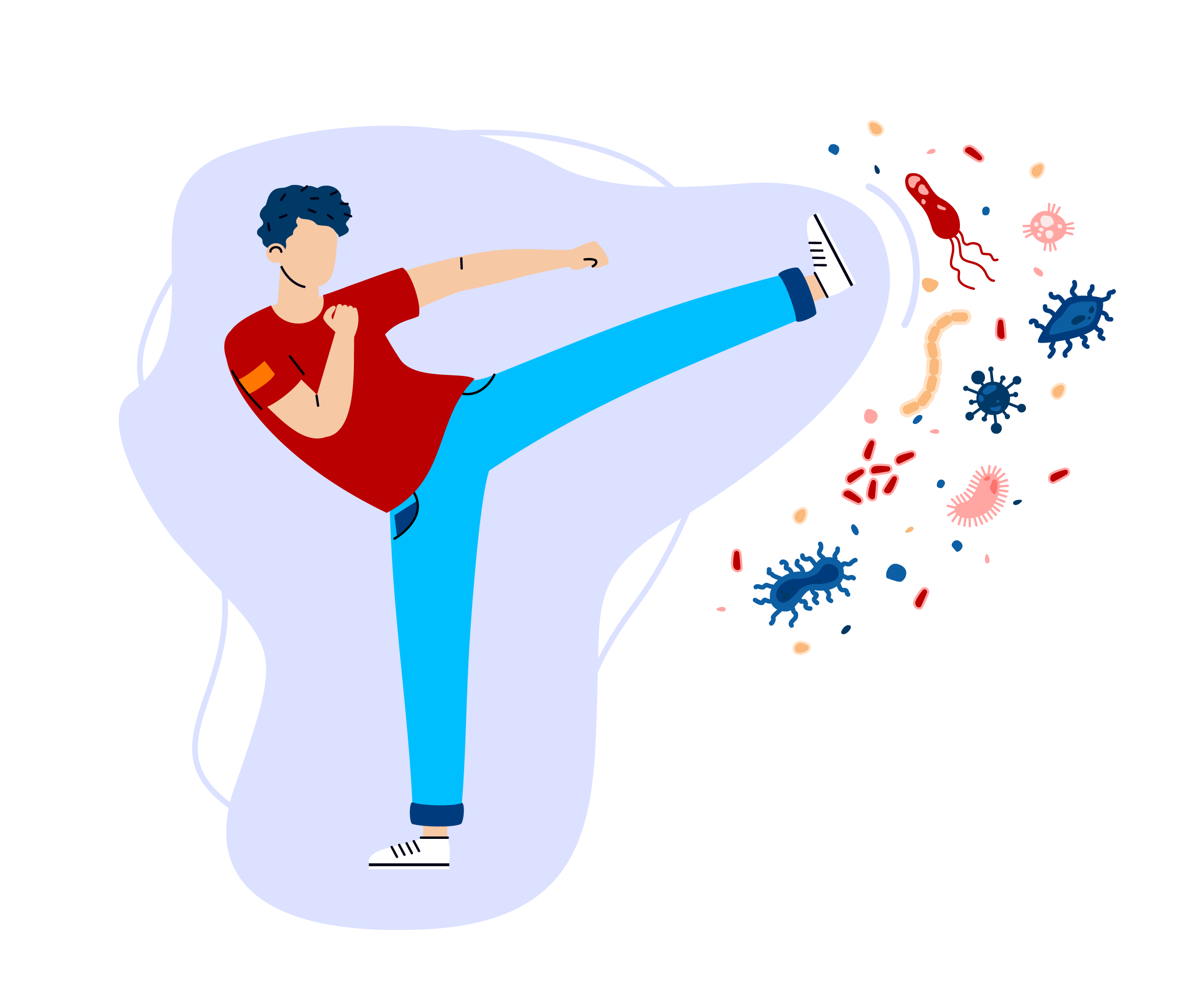
Learning how to reduce your risk of stroke could be crucial if you’re one of the many people at risk of heart complications. According to the UK stroke association, someone in the world experiences a stroke once every five minutes, with 100,000 people dealing with this condition each year. There are approximately 1.3 million stroke survivors in the UK alone.
Many people assume that strokes are only an issue for the elderly. However, the reality is anyone can have a stroke at any time. A study published in 2020 found that around 10 to 15% of strokes happen to people between the ages of 18 and 50.
While some people are more at risk than others, anyone can benefit from understanding the issues that may increase their chances of a stroke, and how to avoid them. Even if you’re a healthy person in your 30s, you could still be at risk of stroke.
Stroke Risk Factors: Causes of Stroke
A stroke is a serious event where the blood supply to a part of your brain is cut off. Common symptoms include the inability to lift your arms, slurred speech, and a face drooping on one side.
There are various factors that may increase your risk of stroke, such as:
- Age: As you get older, your arteries naturally become narrower and harder. They’re also more likely to be clogged with plaque from years of exposure to fatty foods.
- Medical conditions: People with high blood pressure are the most likely to have a stroke. However, other conditions like diabetes can increase your chances of a stroke by making it easier for arteries to get clogged. The same is true for high cholesterol. Atrial fibrillation can also lead to clots in the heart, causing stroke.
- Lifestyle: Unhealthy habits like smoking, drinking, and eating too many unhealthy foods (high in saturated fats) can harm your blood vessels, increase the chance of clotting, and increase blood pressure.
- Family history: If close relatives like your parent or grandparent has a stroke, your risk may be higher. You should speak to a doctor if you have close relatives who have had a stroke or heartache, as some forms of high cholesterol are genetically passed on.
- Ethnicity: Strokes happen more often in people from South Asian families and black individuals. If you’re in one of these groups, you may need to be checked more regularly for high cholesterol, high blood pressure, and diabetes.
Women also have additional risk factors to be aware of, like using the contraceptive pill or pregnancy. If you have sickle cell disease, you also have a higher risk of stroke.
Some risk factors for stroke can’t be controlled, like your ethnicity or DNA. However, knowledge can often be powerful when it comes to preventing strokes.
For instance, if you have a genetic history of heart conditions in your family, your chance of having a stroke is much higher. But, knowing that you’re at higher risk can also mean you can take precautionary measures to protect yourself, such as taking a daily aspirin to reduce your risk of blood flow issues.
You can also use various tactics to counteract the risks involved with getting older. For instance, eating the right foods and reducing your intake of foods high in LDL cholesterol can minimise your chances of a stroke.

How to Prevent a Stroke
If you want to learn how to reduce your chances of a stroke, the first step is finding out what your risk level is. You can start by getting a high-quality DNA test from a company like Circle DNA to determine if you have any specific concerns to be aware of. It’s also important to get regular screenings organised with your doctor, to check things like blood pressure. Once you know where you stand, you can start reducing your risk level by:
1.Lowering your blood pressure
High blood pressure is the biggest issue prompting a higher chance of a stroke. High blood pressure can double or quadruple your stroke risk when it’s not properly controlled. However, you can’t always tell if your blood pressure is high without being tested by a doctor, as the symptoms are often invisible. Check your blood pressure regularly, particularly if you know you have a history of hypertension in your family. If your pressure is high:
- Reduce the salt in your diet to no more than 1,500mg per day
- Increase your monounsaturated fats and polyunsaturated fats with foods like avocado and avoid foods high in saturated fats.
- Eat 4 to 5 cups of fruits and vegetables each day, as well as one serving of fish two to three times per week. You should also eat whole grains and low-fat dairy regularly. A balanced diet will help to give you the nutrition you need, while reducing LDL cholesterol.
- Get more exercise, at least 30 minutes per day to reduce your blood pressure and improve your circulation.
- Quit smoking, as this can increase your blood pressure even further
2.Lose weight
Switching to a healthier diet and losing weight can be an excellent way to improve your health and eliminate the common causes of a stroke. Obesity and being overweight are both associated with a higher risk of problems like stroke. Losing as little as 10 pounds can be enough to significantly minimise your stroke risk.
Your ideal BMI should be around 25 or less, but if this isn’t an option for you, work with your doctor to discover a more achievable weight loss strategy.
The best way to lose weight is with a combination of healthy food and regular exercise. Maintain the right balance of calories a day (usually around 2000) and try to get at least 30 minutes of exercise per day into your routine.
3.Exercise more
Exercising will help you to lose weight and reduce your blood pressure. Used correctly, exercise can also strengthen your heart and reduce your chances of cardiovascular events. All you really need to get started is a ten-minute brisk or moderate walk three times per day. Other excellent ways to prevent a stroke include:
- Dancing
- Cycling
- Running
- Weight training
- Swimming
Anything that gets your heart pumping and your muscles working rhythmically will have a fantastic impact on your circulation, and your cardio health.
4.Change your bad habits
Alcohol can be a lot of fun, but it also has its dangers. While drinking a little alcohol from time to time is okay, drinking regularly can increase your chances of a stroke. Once you start drinking more than two beverages a day, your risk levels go up rapidly.
Ideally, you should stick to no more than one drink per day. If possible, drinking wine is better than beer and other beverages, because it contains “resveratrol”, which helps to protect the brain and heart. Be careful with your portion sizes too, as it’s easy to go over when using big glasses.
Another bad habit problematic for those who want to prevent stroke is smoking. Smoking accelerates clot formation by thickening the blood and increasing the plaque build-up in your arteries. With regular exercise and a healthy diet, reducing smoking is one of the best ways to avoid a stroke.
If you’re struggling with giving up smoking, you can consider speaking to your doctor about your options for things like patches and therapy.

5.Eat a healthier diet
As mentioned above, healthier eating is one of the easiest ways to improve your health and reduce your chances of a stroke. Ideally, you’ll need a lot of high-quality nutritious foods, and a few salty, high-fat foods as possible. Some of the best foods to add to your stroke-prevention diet are:
- High-potassium foods: High potassium and magnesium-rich food can improve the performance of your heart. Foods like sweet potatoes, tomatoes, prunes, melon, soybeans, and bananas are all excellent for reducing blood pressure.
- Fish: Albacore tuna, salmon, mackerel, and trout are all rich in omega-3 fatty acids, which help to keep the blood pressure and cholesterol in your body under wraps. In fact, researchers link eating lots of fish to a lower stroke risk.
- Whole grains: Next time you go grocery shopping, try swapping out your white bread for whole-grain bread. Whole grains are high in iron, magnesium, B vitamins and fibre, which all help to promote better heart health.
- Low fat dairy: Milk, yogurt, cheese, and other dairy products are excellent sources of calcium, potassium, vitamin D and protein. Make sure you stick to low-fat options where possible to reduce your intake of saturated fats and cholesterol
Lowering your intake of salt is particularly important if you’re worried about a stroke, as high salt can significantly increase blood pressure.
6.Be mindful of underlying health conditions
Sometimes, your chances of a stroke are heightened because you already have underlying health conditions which cause problems with cardiac performance and blood flow. For instance, if you have atrial fibrillation, you’ll have a higher risk of clots in the heart, which can travel to the brain and cause a stroke. Atrial fibrillation increases the risk of stroke by approximately 5 times.
If you have symptoms such as heart palpitations, or shortness of breath, speak to your doctor. You may need to take anticoagulant drugs like warfarin.
Another health condition associated with stroke is diabetes. High blood sugar damages blood vessels over time, making clots more likely. Monitor your blood sugar as directed by your doctor, and make sure you follow your diabetes treatment plan carefully once you have it.
Know how to Reduce Your Risk of Stroke
Being prepared to protect yourself against the risk of stroke is an important way to look after your health. The first step is getting a DNA test to determine whether you’re genetically at higher risk of stroke than most people. Once you know your risk level, you can begin using the steps detailed in this article to prevent problems with high blood pressure and stroke.
Remember, if you notice any symptoms of a stroke, such as drooping in your face, slurred speech, or problems with your motor functions, it’s important to get help immediately. The faster a stroke is treated, the better the outcome is likely to be.
F.A.S.T. is a helpful acronym used to detect a stroke. The acronym stands for:
Facial drooping
Arm weakness
Speech difficulties, and
Time to call emergency services.
If you notice any of these symptoms in a friend or family member, it could mean they’re having a stroke.






